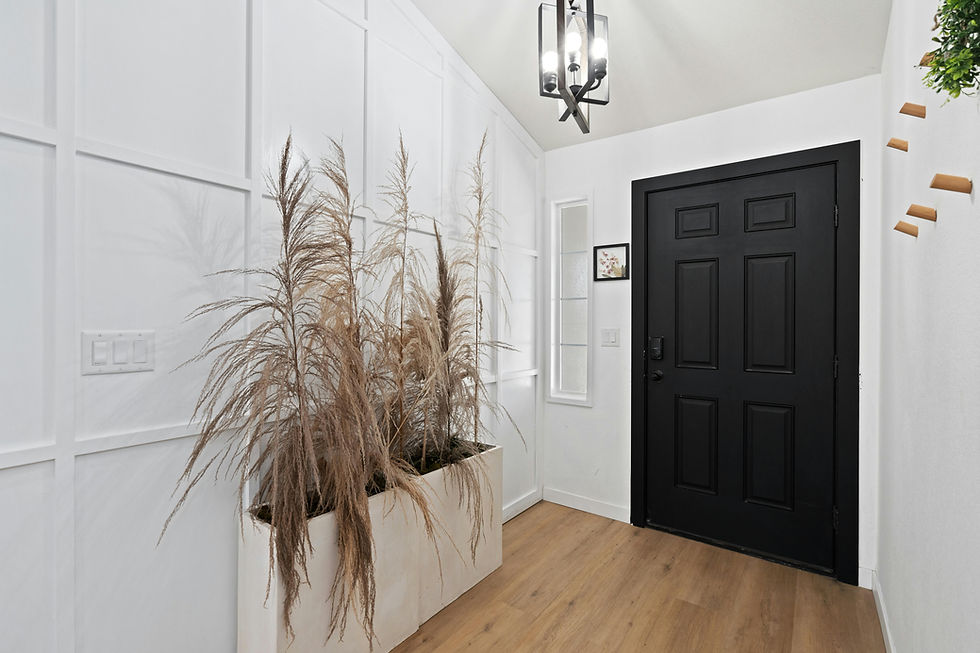Why Interior Design Experience Gives You an Edge in Short-Term Rentals
- Crystal Johnson
- May 12
- 2 min read
Updated: May 14
When it comes to running a successful short-term rental, one of the most underestimated advantages a host can have is a background in interior design. While many investors focus solely on location, pricing, and occupancy rates, the reality is that guests today are more visually driven than ever. Platforms like Airbnb are filled with stunning, professionally styled listings, and those homes consistently outperform bland or outdated spaces. If you’ve ever studied design—or even just have a good eye for decor—you’re already ahead of the game. Interior design can significantly impact your rental’s ability to attract guests, earn positive reviews, and even justify premium pricing. In a world where first impressions are made through photos, the design of your space isn’t just a nice touch—it’s a competitive advantage.

A well-designed short-term rental immediately stands out in search results. Color schemes, lighting, textures, and furniture placement all contribute to how a space feels in photos and in person. Guests want to walk into a home that feels both inviting and Instagram-worthy. Your design choices help set the tone for their entire stay. A thoughtful layout, cozy seating area, warm lighting, and modern finishes create a sense of comfort and quality that encourages repeat bookings. If your property feels like it was put together with intention—not just filled with random furniture—guests notice.
But design isn’t just about aesthetics; it’s also about function. Understanding how people move through a space helps you make decisions that improve the guest experience. Where will they set their keys? Is there a good mirror near an outlet for styling hair? Are there enough hooks in the bathroom or luggage stands in the bedrooms? These practical elements matter more than most people realize, and hosts with a design background are more likely to think through these details. The result is a home that’s not only beautiful but also incredibly guest-friendly.
Having a design degree or experience working in the field also means you’re likely comfortable managing projects. Whether it’s choosing finishes, ordering furniture, or coordinating with painters and contractors, these skills translate directly into setting up or updating a rental. Your ability to bring a vision to life, stay on budget, and maintain consistency across a property can save time and reduce costly design mistakes. Guests don’t want clashing patterns, awkward furniture, or a space that feels incomplete. Design training helps you avoid these pitfalls.
In competitive short-term rental markets like North and South Carolina, every detail counts. The difference between an average listing and a high-performing one often comes down to how a space is presented and experienced. If you’re a host with interior design experience—or even just strong design instincts—you have a unique edge that many others don’t. Embrace that advantage. Use your skills to create a property that doesn’t just meet expectations but exceeds them. Your guests will thank you with five-star reviews, and your business will grow because of it.


_edited.jpg)




Comments